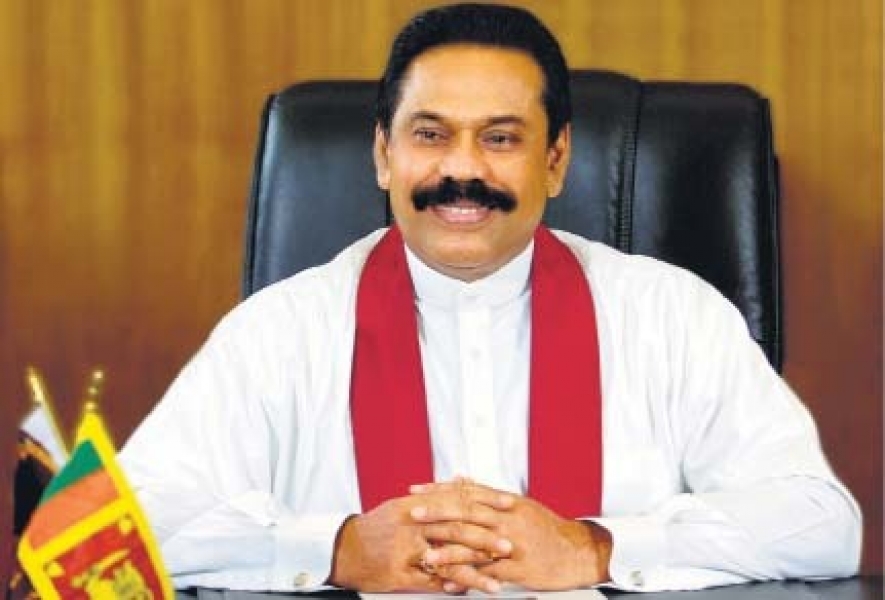Mahinda Rajapaksa’s comeback as Prime Minister of Sri Lanka through means that do not square up with the country’s Constitution had coup-like characteristics — a secret plan, the sacking of a prime minister while he was away from the capital, the hurried swearing-in of a replacement, the taking-over of state-run media and other institutions. But with the ousted Ranil Wickremesinghe standing firm that he continues to remain PM under the Constitution, this promises to be a long-drawn battle.
The numbers appear to favour Wickremesinghe, as of now, but the president’s suspension of Parliament gives Rajapaksa more than two weeks to find the numbers to prove that he enjoys a majority when the floor test eventually takes place. The Constitution is clear that the president cannot remove the prime minister. The legality of Wickremesinghe’s removal and Rajapaksa’s appointment as the PM rests on the argument that after Sirisena withdrew his United People’s Freedom Alliance from the National Unity Government, Wickremesinghe had ceased to have a majority. Wickremesinghe’s best bet was Parliament, but with that option not available immediately, it remains unclear what he proposes to do.
Clearly, constitutional niceties were not uppermost on President Sirisena’s mind when he struck against his own government. While he and Wickremesinghe had drifted apart over the last three years, the allegation of a plot to kill him, whether or not founded in fact, sealed the fate of the rocky partnership. President Sirisena may harbour hopes that reuniting with a party strongman he successfully challenged in the 2014 presidential election is the surest way to a second term in office in 2019.
But he would be fooling himself. Rajapaksa has not come this far to help Sirisena remain at the helm. The Sri Lankan presidency remains the country’s most powerful office despite the restrictions introduced by the 19th amendment of 2015. All Rajapaksa’s political moves since losing the 2014 presidential election have been aimed at re-entering this office. That the amendment has reintroduced the two-term limit is an obstacle for Rajapaksa who has already been president twice, but if he wins the floor test when it comes, the rest will be easy.
The sudden developments in Sri Lanka have thrown into uncertainty the few steps that the country finally took this year to address post-war issues of transitional justice and rehabilitation, which it had committed to at the UN Human Rights Council in 2015. As President, Rajapaksa had invited UN censure for not doing enough on this front. Instead, after winning the war against the LTTE in 2009, he unleashed a majoritarian triumphalism that dashed all hopes for reconciliation.
Doubtless, too, the cases against Rajapaksa’s family members for a range of corruption allegations will be wound down. The Sri Lankan media is bracing for the ill winds that buffeted it earlier this decade. Delhi, which had been openly relieved at Sirisena’s election, should be prepared to deal once again with a politician who describes India as an “elder brother” but appears to derive great pleasure from provoking India-China rivalry.

